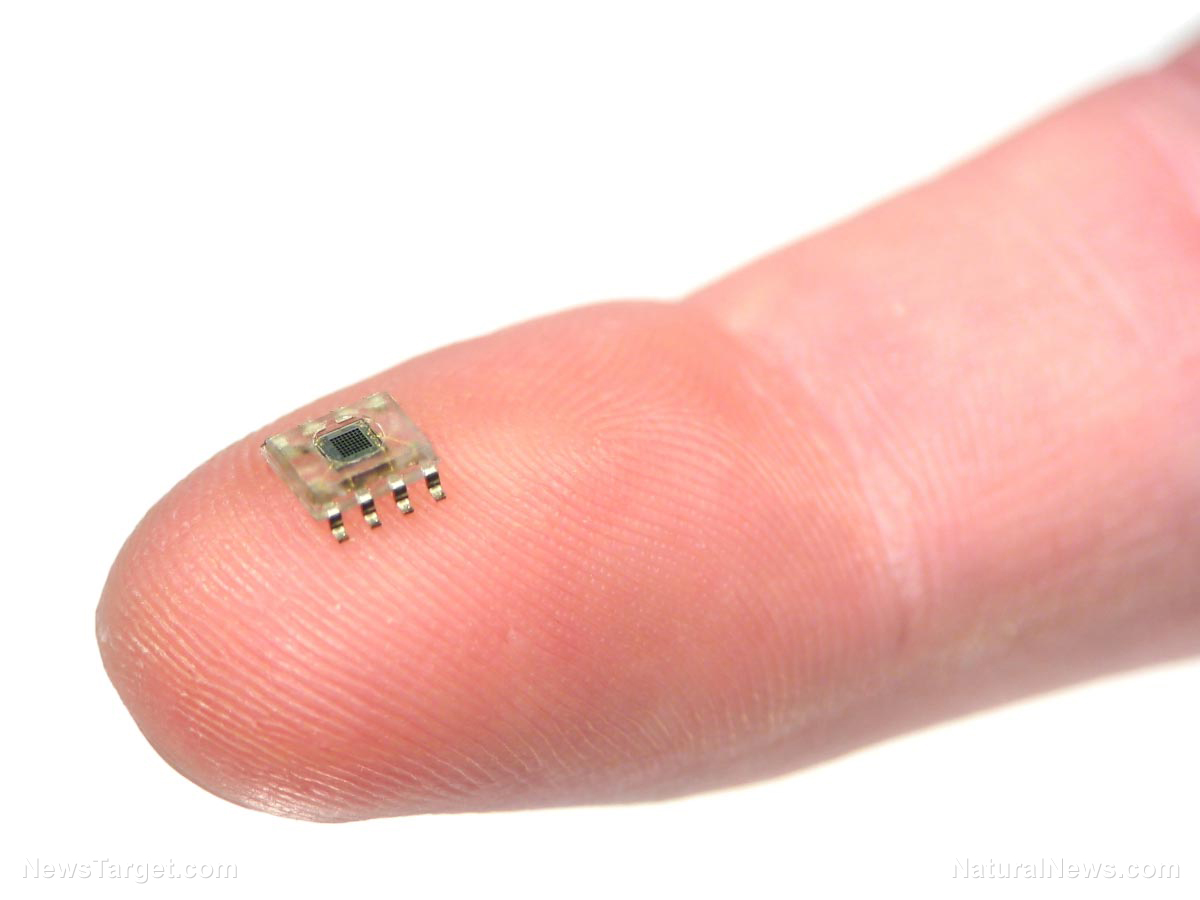
Advertisement
Try this on for size – a team from the University of Michigan just reclaimed the distinction of having created the smallest computer in the world, exhibiting a unit so tiny, it’s “dwarfed by a grain of rice.”
The computer measures just 0.33 mm on each side, effectively making a grain of rice look gargantuan next to it. Its functionalities are not as limited as its measurements, however.
Although it is currently used exclusively for temperature sensors in medical applications, its creators say it may also be used in other tasks, such as audio and video surveillance, cancer research, and monitoring oil reservoirs, among others. The team believes that once their creation goes live, users will be able to find a variety of creative applications for the unit.
The world’s smallest computer is not like the machines most people are familiar with. It converts light into electricity using photovoltaics, a method that’s not too far from how solar panels work. Housed within the minuscule package are a processor, system memory, and a network of wireless transmitters and receivers that exchange information using light. A base station receives all data transmissions and supplies the light needed for both power and programming.
The computer is housed in a transparent system packaging, exposing the unit to the light emitted by the base station and its own transmission LEDs. To avoid encountering any circuit-related problems, the team had to think outside the box. (Related: Your next computer’s CPU may be made of living slime: it’s only logical.)

“We basically had to invent new ways of approaching circuit design that would be equally low power but could also tolerate light,” said David Blaauw, a professor of electrical and computer engineering and the head of the Michigan team.
Engineers at the University of Michigan have plenty of experience in building tiny computers. The Michigan Micro Mote, measuring just 2 mm x 2 mm x 4 mm, was created by a team from the university. It was known as the world’s smallest computer until IBM launched its smaller-than-salt unit in March of 2018.
IBM’s blockchain-ready CPU
One of the highlights of IBM’s Think 2018 conference was the unveiling of its tiny computer which, at merely one millimeter on all sides, was the smallest computer at the time. It was notable for being smaller than a grain of salt.
Just like the Michigan team’s more recent, smaller creation, IBM’s computer uses photovoltaics to function. Its computing power has been compared to that of a CPU from sometime in the 1990s. This doesn’t seem like much, considering how far computers have gone in two decades, but the design had a very specific purpose in mind.
IBM intended to use their creation as part of a blockchain, an increasingly popular system wherein a database is monitored by a crowd unlike in most mainstream systems that are housed in a single server. The very nature of the blockchain makes it lighter and more resistant to external security breaches. It is most popularly used in cryptocurrency trading.
The unit’s small size and limited capabilities also make it very cheap to manufacture, with total costs reaching just 10 cents. Considering its low cost, which IBM believes will only get lower over time, the computer is expected to find popular use in disposable devices.
Discover how fast computers are developing and improving by going to Computing.news.
Sources include:
Submit a correction >>
This article may contain statements that reflect the opinion of the author
Advertisement
Advertisements
















